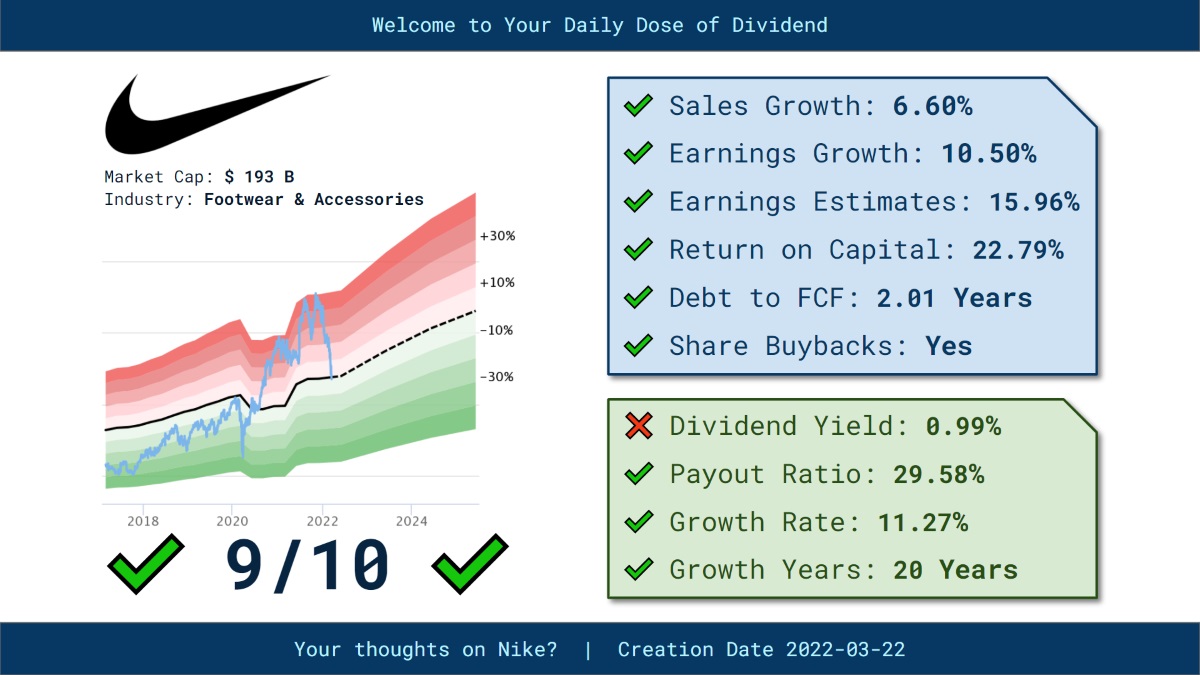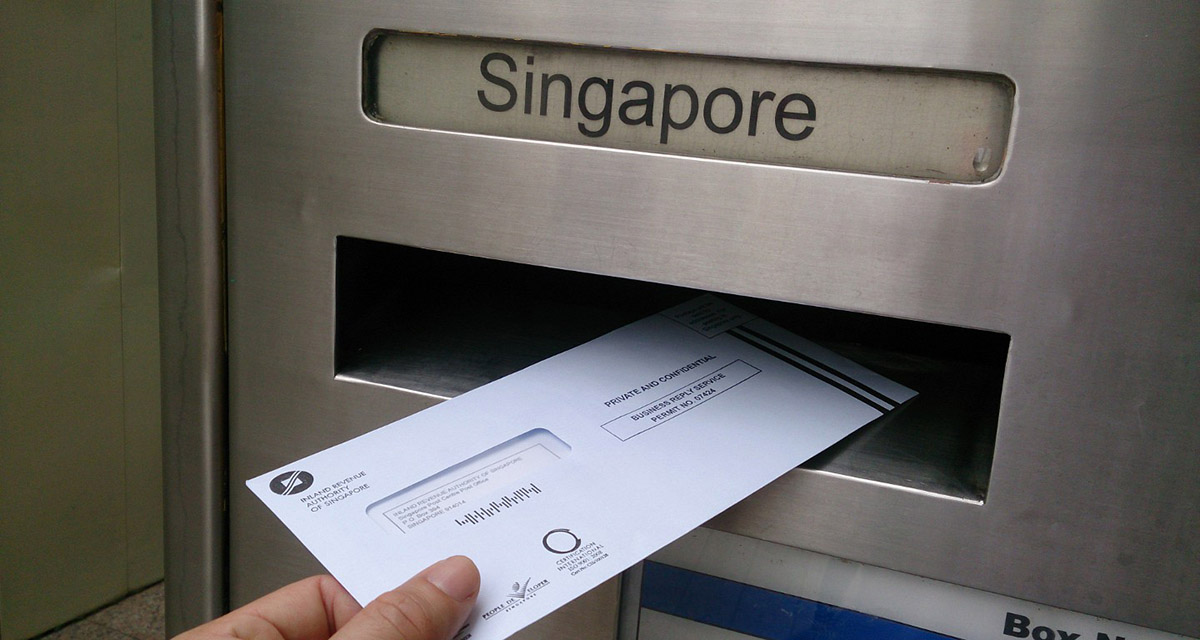Home>Finance>Service Mark: Definition, Examples, Registration, Vs. Trademark


Finance
Service Mark: Definition, Examples, Registration, Vs. Trademark
Published: January 27, 2024
Learn the basics of Service Mark and how it differs from a Trademark. Explore Definition, Examples, Registration process, and its significance in the world of Finance.
(Many of the links in this article redirect to a specific reviewed product. Your purchase of these products through affiliate links helps to generate commission for LiveWell, at no extra cost. Learn more)
Service Mark: Definition, Examples, Registration, Vs. Trademark
Have you ever wondered about the difference between a service mark and a trademark? In the world of business and intellectual property, understanding these terms is essential. Whether you’re an entrepreneur, a business owner, or aspiring to protect your brand, knowing the nuances between service marks and trademarks can make a significant impact on your success. In this blog post, we’ll explore the definition of a service mark, provide examples of famous service marks, discuss the registration process, and compare it to trademarks. So, let’s dive in!
Key Takeaways:
- A service mark is a type of intellectual property protection used to distinguish services from one provider from those of another.
- Service marks are represented by the ℠ symbol and can be registered with the United States Patent and Trademark Office (USPTO).
What is a Service Mark?
A service mark is a form of intellectual property protection that helps differentiate and identify services provided by one entity from those offered by another. While trademarks focus on protecting brand names, logos, and symbols associated with goods, service marks are specifically designed for the identification of services.
A service mark is denoted by the ℠ symbol, which indicates that the mark is unregistered but still qualifies for protection. Registering a service mark with the United States Patent and Trademark Office (USPTO) is optional but highly recommended, as it provides additional legal benefits and nationwide protection.
Service Mark Examples:
Now that you have a general understanding of service marks, let’s take a look at some famous examples that have become synonymous with the services they represent:
- McDonald’s® – The golden arches logo and the “I’m lovin’ it” slogan are both iconic service marks associated with the globally recognized fast-food restaurant chain.
- Toyota® – The distinctive Toyota logo is a well-known service mark that represents the Japanese automotive manufacturer, renowned for its quality and reliability.
- Visa® – The Visa logo with its blue and gold design is a widely recognized service mark in the financial industry, representing a global payment technology company.
- Amazon® – The Amazon logo, featuring an arrow connecting the letter ‘A’ to ‘Z,’ is a memorable service mark associated with the e-commerce giant known for its extensive range of products and services.
- Google® – The vibrant Google logo, accompanied by its name in colorful letters, is an instantly recognizable service mark representing the leading search engine and technology company.
Registering a Service Mark:
While registering a service mark is not mandatory, it offers several advantages for businesses looking to protect their intellectual property. Here are the main steps involved in the registration process:
- Research: Before applying for a service mark, it’s crucial to conduct a comprehensive search to ensure the mark you intend to register is unique and not infringing on any existing marks.
- Application: Once the research is complete, you can file an application with the United States Patent and Trademark Office (USPTO). The application will require detailed information about the mark, the services it represents, and proof of use in commerce if applicable.
- Review and Examination: The USPTO will review the application and conduct an examination to ensure compliance with the necessary requirements. They will assess the distinctiveness of the mark and check for any conflicts or similarities with existing marks.
- Publication: If the application is approved, the mark will be published in the USPTO’s Official Gazette, giving other parties an opportunity to oppose the registration within a specified time frame.
- Registration: Assuming there are no oppositions or conflicts, the mark will be officially registered, and you will receive a certificate of registration from the USPTO.
Service Mark Vs. Trademark:
Now that we’ve covered the definition, examples, and registration process of service marks, let’s compare them to trademarks to better understand their differences:
Similarities:
- Both service marks and trademarks provide legal protection for intellectual property.
- Both can be registered with the USPTO.
Differences:
- Trademarks protect brand names, logos, and symbols associated with goods, while service marks focus on differentiating and identifying services.
- Trademarks are denoted by the ® symbol for registered marks, while service marks use the ℠ symbol, indicating an unregistered but still protectable mark.
Understanding the distinctions between service marks and trademarks is essential for businesses seeking to protect their intellectual property effectively. If you’re unsure whether you should pursue a service mark or a trademark, consulting with a legal professional specializing in intellectual property law can help you make an informed decision tailored to your specific needs.
So, next time you come across a recognizable logo or slogan representing a service, remember that it may be a service mark that has gone through the registration process to protect its uniqueness and reputation.
Did you find this article helpful? Let us know in the comments below!














